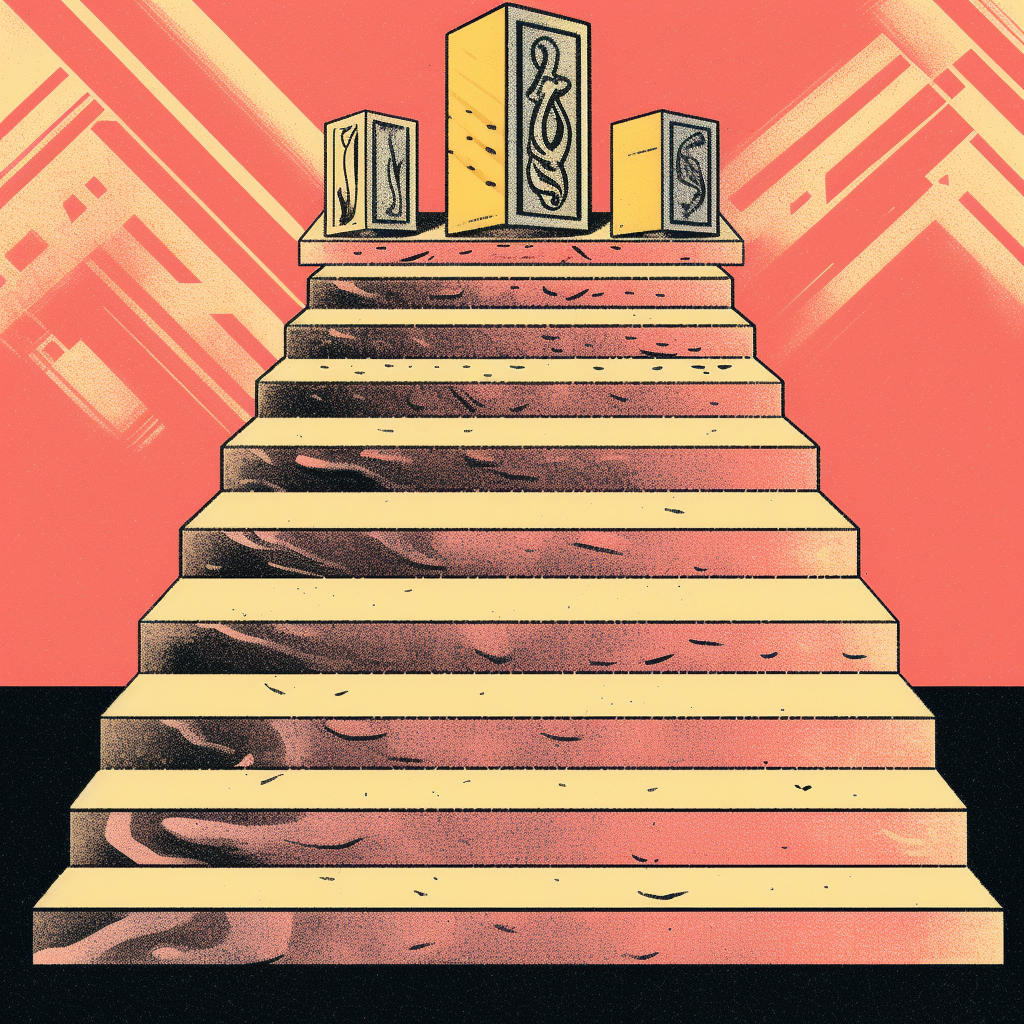Design – at what cost?
Many people have tried to quantify the importance of design in business. There are bookshelves filled with a variety of comprehensive theses on the subject. For the purposes of this article we are going to accept that design is an essential part of the Food Business and focus on what level of investment you should consider effective.
The Value of Design
Design for Food Brands is one of those things that is easier to qualify when it is not there. We have no trouble identifying bad design. We all have experience of a badly designed brochure or packaging that is impossible to open. Great design can often go unnoticed as it has done its job so well you fail to appreciate its effectiveness. Don’t take that as a positive for bad design as every case will have left a customer frustrated, angry or annoyed at your product or company.
Good design is key and it shouldn’t cost the earth. The right Design should reflect the project and the budget allocated to achieve it.
Low-Budget Design Strategies
A low budget should not necessarily mean low levels of design. If anything it forces you to be even more focused on what is essential and what is nice to have. Design principles in themselves do not cost anything. Applying them may involve varying levels of resources depending on the scale of the project. To illustrate, if your project needs photography then you can utilise stock photography libraries to get professionally shot images at a low cost. A professional designer will make the most of the images available to maximize the impact.
Low-budget projects usually include small amends to existing design work or a variant of a templated advert or label.
Medium-Budget Design Strategies
Most projects will fall into this category and represent the majority of work a professional design agency works on day to day. These budgets allow for all the required resources within reason. Most designers will always look to deliver the most ‘bang for your buck’ within any given budget. Tips for designing on a medium budget include establishing clear boundaries on schedules, resources and outputs.
Medium-budget projects usually are self-contained projects like a logo design or a brand extension (based on an existing project) or similar.
High-Budget Design Strategies
Projects that fall into the High-Budget category are usually quite large, all-encompassing endeavours such as creating a brand from scratch and applying it to the essentials required for a new food brand launch. The scale reflects the work required, in that each stage is a project in itself. The initial investigation might require market research, concept creation and multiple rounds of development before coming to a suitable solution. It is this depth that each stage may go through that involves ever-increasing levels of design skill to deliver and hence time/budget.
High-budget projects usually are large, multi-phase projects that may take weeks or months to deliver, such as creating a new brand from scratch and applying it to packaging, website or other marketing communications.
Conclusion
Whatever the budget, the importance of design is constant. The smaller the budget, creative design will help maximise what can be delivered within those constraints. The medium-budget projects put emphasis on the designs’ ability to maintain consistency and effectiveness. Whilst the high-budget jobs illustrate the need for a designer that has a comprehensive base of skills in branding food & drink products. The easiest way to ensure the correct design is applied correctly is by taking the time to select a designer that can deliver on any size project you require.
